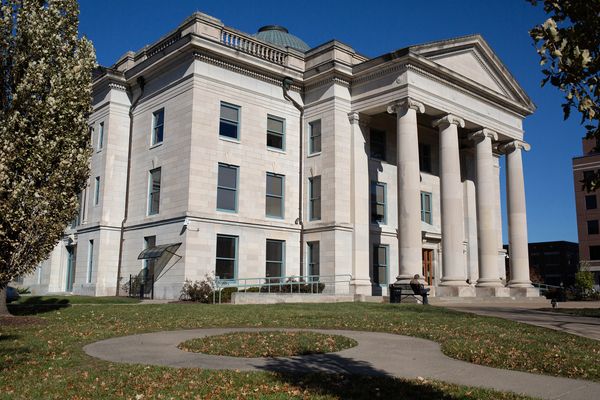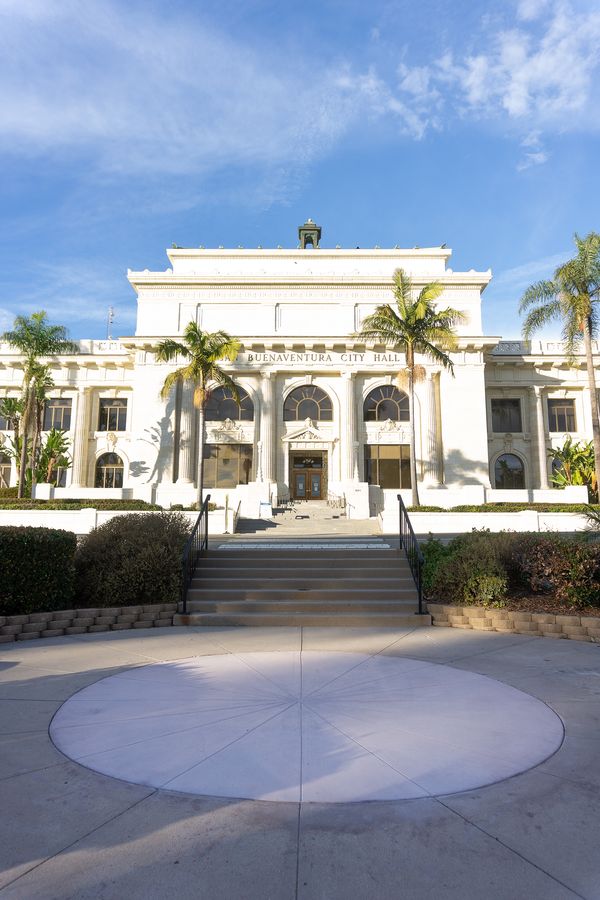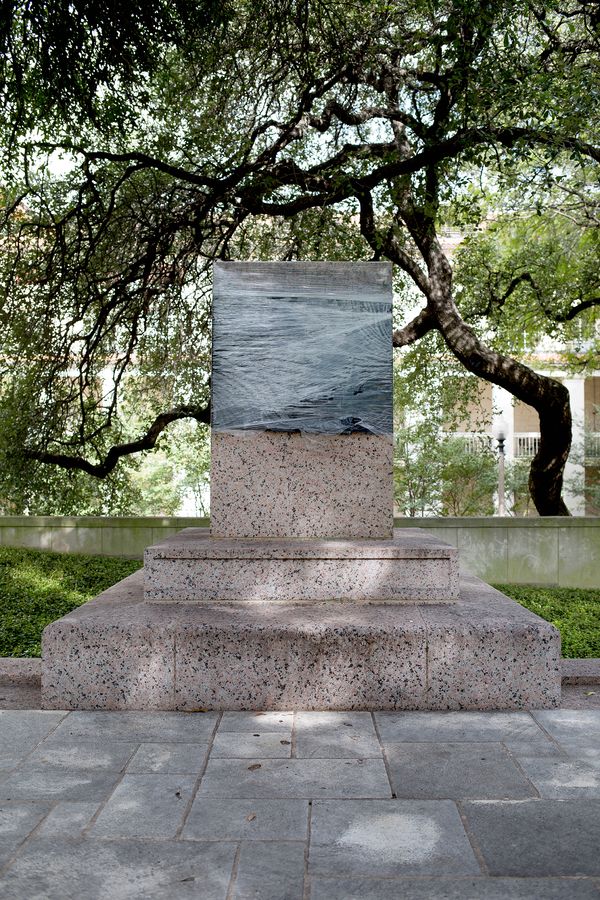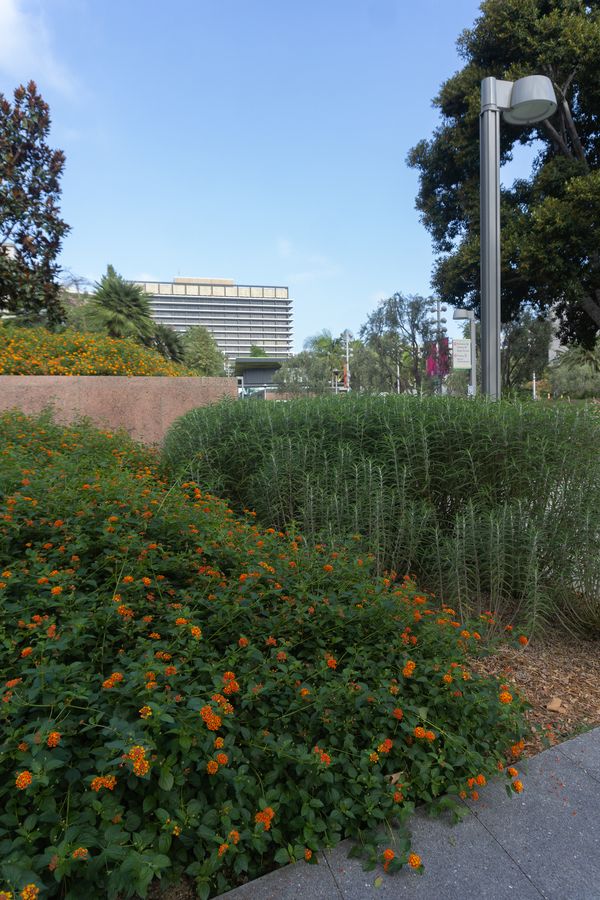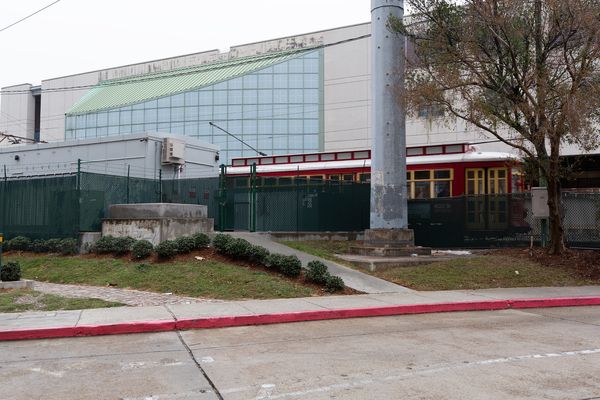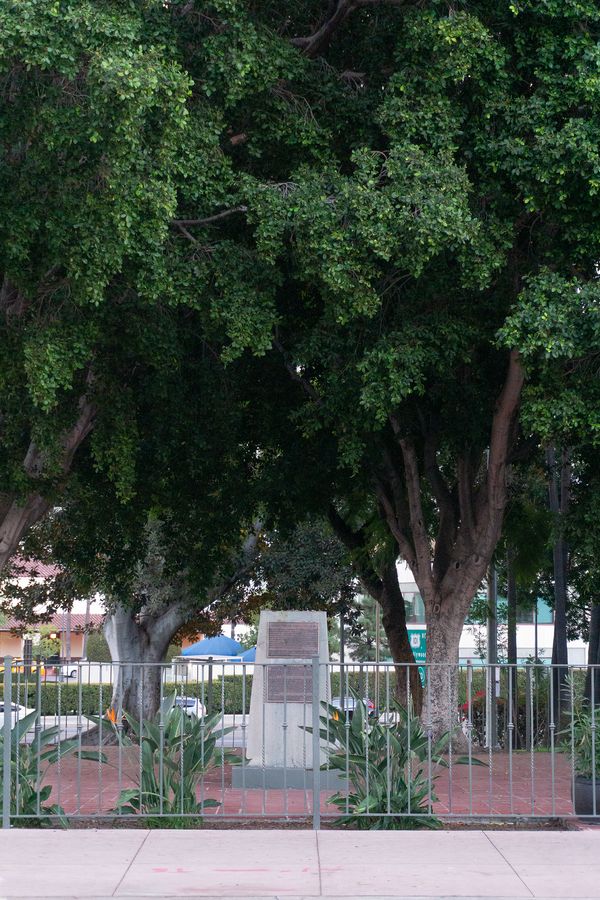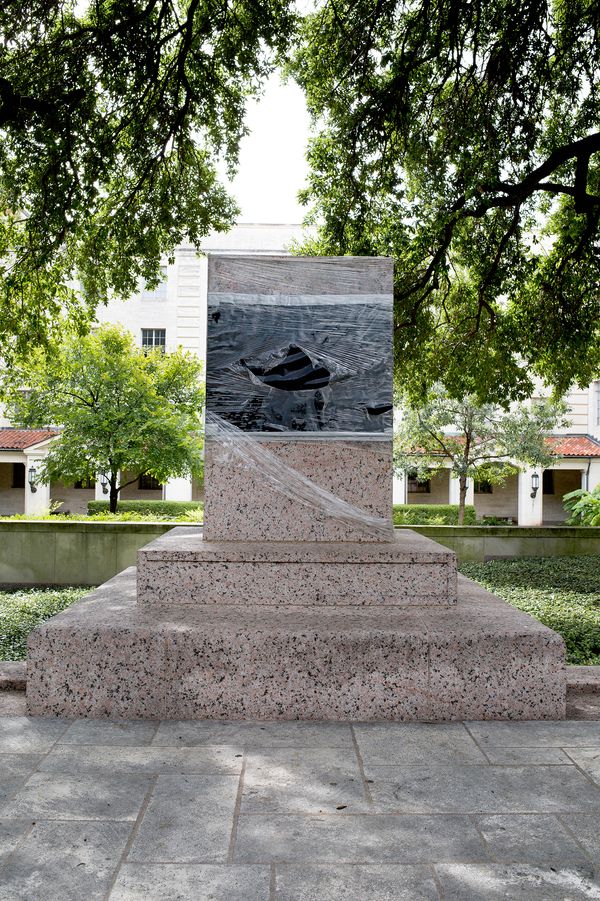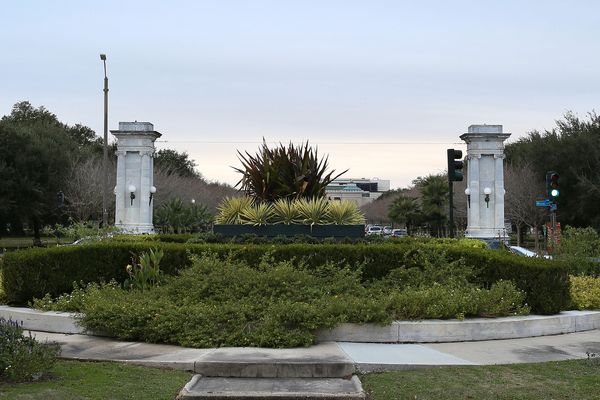Monuments (Removed)
-
Dates2017 - Ongoing
-
Author
The monuments and memorials we build are a reflection of who we are as a society. They are sites of historical memory. They tell us who the heroes are and who holds power in our communities. As our historical memories change over time so do the landscape of monuments and memorials. The recent removal of monuments has become part of the greater discussion about racism and representation in America.
The majority of these removed monuments were commissioned by private historical societies and wealthy philanthropists before public committee meetings became standard procedure for approving monuments in public spaces, including parks, universities, and on courthouse grounds. In 1878 The United Daughters of the Confederacy began commissioning confederate monuments across the United States as part of the creation of the Lost Cause narrative, with the most monuments and memorials erected during the Jim Crow and Civil Rights Eras. They continue this program today. In 2017 The UDC dedicated a new plaque for the Jefferson Davis Memorial Highway at the Horton Plaza Park in downtown San Diego, California.
The process of removal for monuments on public land can be difficult. Governors and mayors do not have the sole authority to remove public monuments. The city council is often responsible but beginning in 2000, state laws started being passed that restrict or prohibit the removal or alteration of public monuments. Many of the monuments removed by protesters were in litigation at the time of their removal. The Los Angeles City/County Native American Indian Commission and community members had been protesting the Christopher Columbus statue in front of the Stanley Mosk Courthouse in downtown Los Angeles through activism and education for over 25 years prior to its removal. Conversations continue over the fate of these monuments, whether they should be removed or moved, destroyed or contextualized, and what, if anything, should take its place. As the dialogue on removal and deaccession continues the empty spaces become opportunities for communities to discuss, heal, and to re-envision public space.
